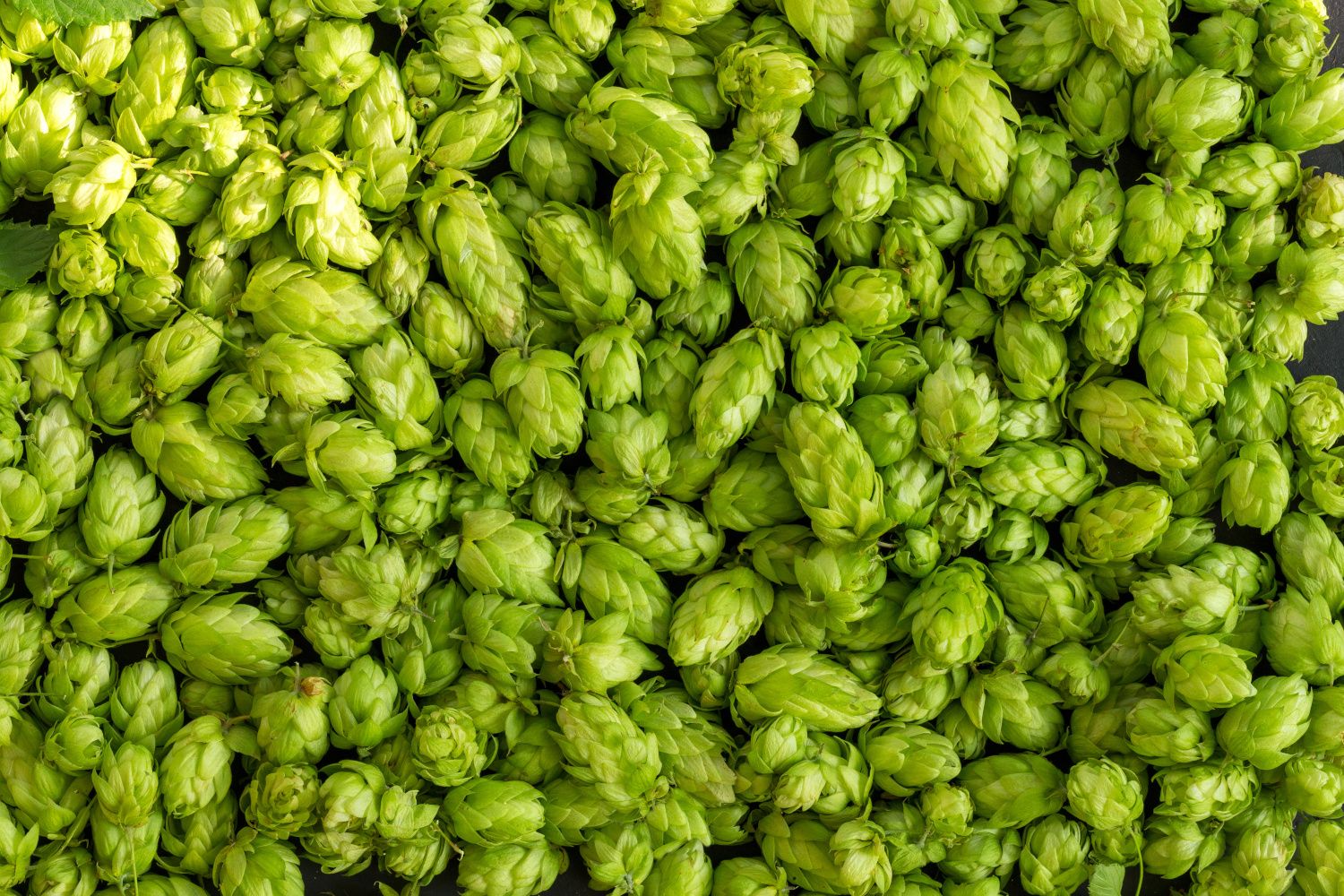Compounds derived from hops may help reduce the risk of non-alcoholic fatty liver disease
New research conducted by Oregon State University investigated two compounds—xanthohumol (XN) and tetrahydro-XN (TXN)—originating from hops for their ability to support liver health.
New research1 conducted by Oregon State University investigated two compounds—xanthohumol (XN) and tetrahydro-XN (TXN)—originating from hops for their ability to support liver health. The research showed that the compounds can help stave off hepatic steatosis, which in its early stages is known as non-alcoholic fatty liver disease (NAFLD). According to the study published in eLife, XN (a prenylated flavonoid) and TXN (a hydrogenated derivative of XN) can mitigate diet-induced accumulation of fat in the liver.
“We demonstrated that TXN was very effective in suppressing the development and progression of hepatic steatosis caused by diet,” said Adrian Gombart, professor of biochemistry and biophysics in the OSU College of Science and a principal investigator at the Linus Pauling Institute, in a press release. “TXN appeared to be more effective than XN perhaps because significantly higher levels of TXN are able to accumulate in the liver, but XN can slow progression of the condition as well, at the higher dose.”
XN is a prenylated flavonoid produced by hops, and TXN is a hydrogenated derivative of XN. In the study, 60 mice were randomly assigned to one of five groups: low-fat diet, high-fat diet, high-fat diet supplemented by XN, high-fat diet supplemented by more XN, and high-fat diet supplemented by TXN. The scientists found that TXN helped slow weight gain associated with a high-fat diet and helped stabilize blood sugar levels, both factors that contribute to fat buildup in the liver.
According to the researchers, the mechanism behind XN and TXN’s effectiveness involves PPAR-gamma, a nuclear receptor protein that regulates gene expression and controls glucose metabolism and the storage of fatty acids.
“Activated PPAR-gamma in liver stimulates storage of lipids and our data suggest that XN and TXN block activation and greatly reduce expression of the genes the promote lipid storage in the liver,” Gombart said. “These findings are consistent with studies that show weaker PPAR-gamma agonists are more effective at treating hepatic steatosis than strong agonists. In other words, lower PPAR-gamma activation in the liver may be beneficial.”
Reference
- Zhang Y et al "Tetrahydroxanthohumol, a xanthohumol derivative, attenuates high-fat diet-induced hepatic steatosis by antagonizing PPARγ." eLife, Published online ahead of print on June 15, 2021








